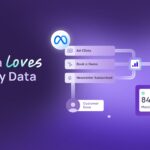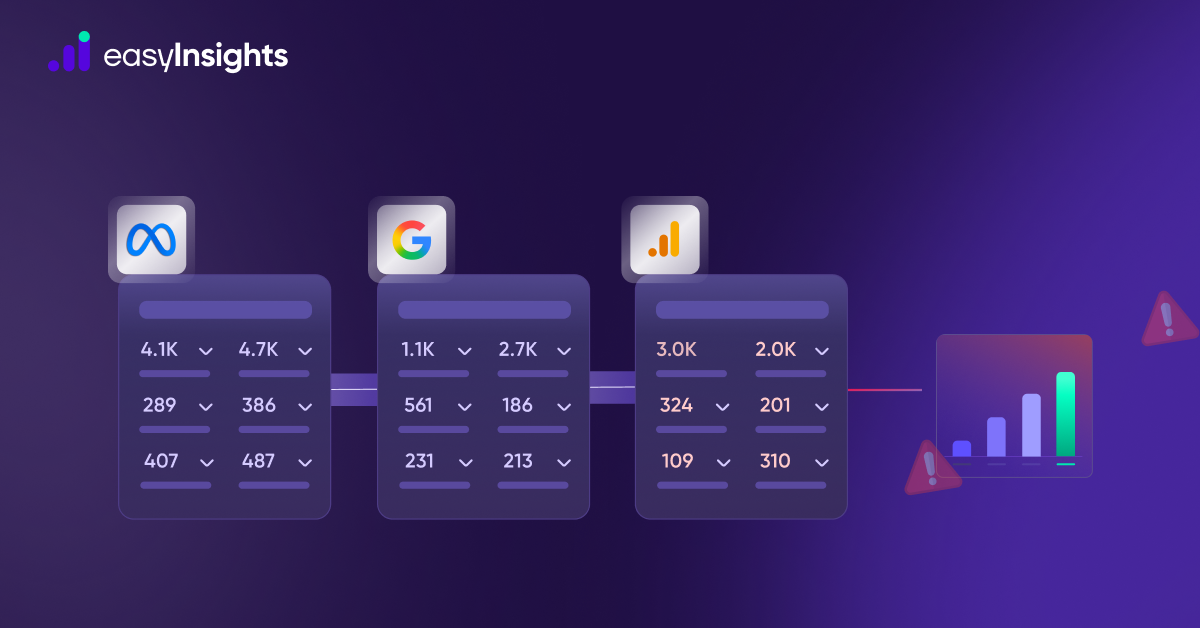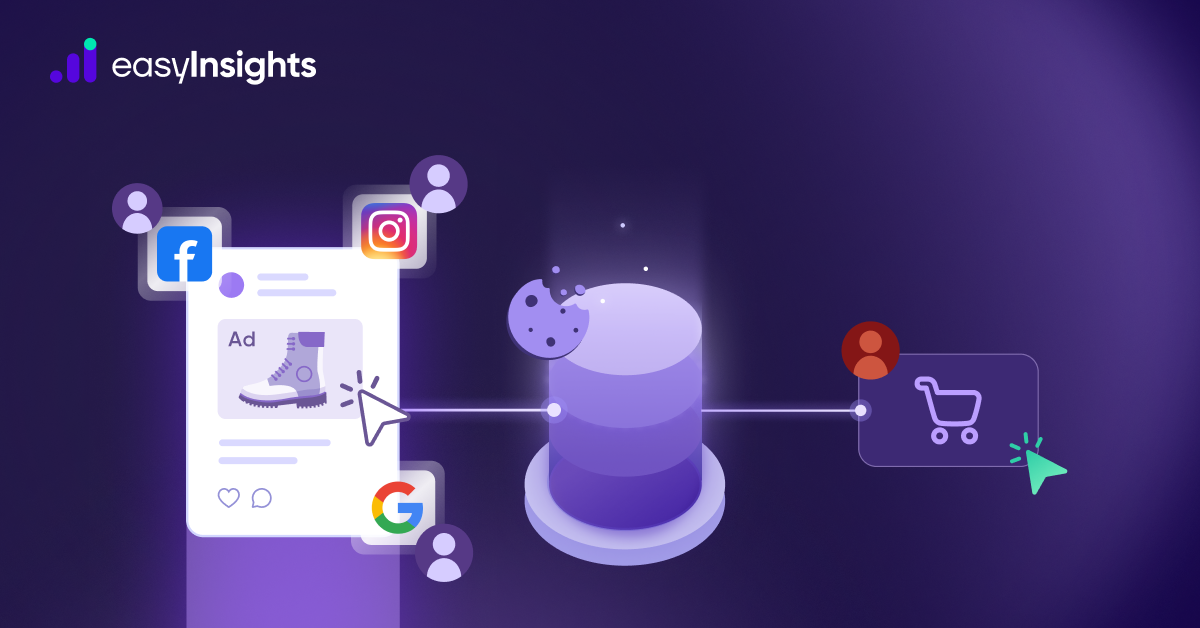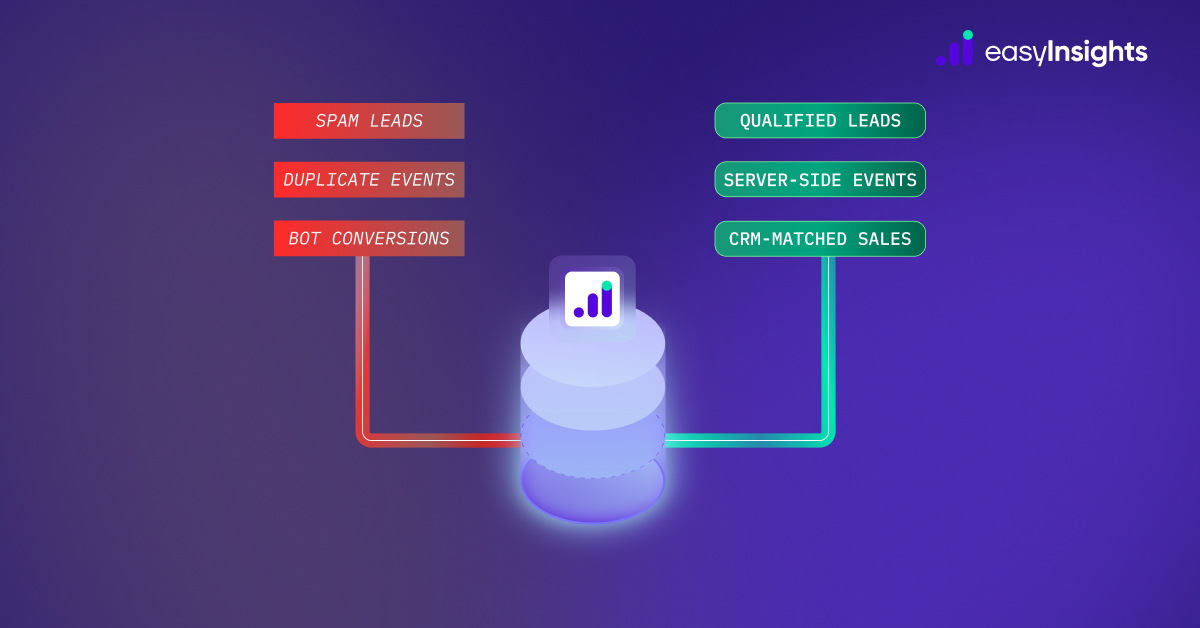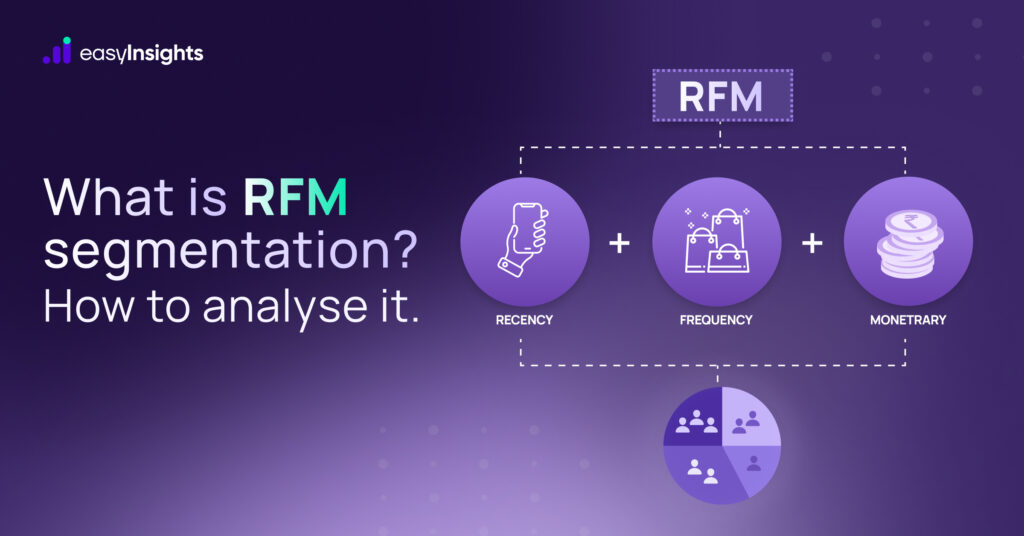
In today’s competitive market, not all customers can be treated equally. Some are loyal advocates who spend regularly, while others shop once and disappear forever. The real challenge for marketers in 2025 isn’t just acquiring new customers – it’s identifying which customers truly matter and personalizing strategies to keep them engaged.
That’s where RFM segmentation comes into play. By analyzing Recency, Frequency, and Monetary value, brands can uncover hidden patterns in customer behavior, spot their most valuable buyers, and predict who is at risk of churning. Unlike generic demographics or guesswork, RFM uses hard data from actual transactions, making it one of the most reliable ways to segment and personalize at scale.
In this blog, we’ll break down what RFM segmentation is, why it’s more important than ever in the era of rising acquisition costs and data privacy shifts, and how you can analyse it to unlock smarter marketing, stronger retention, and higher ROI.
Jump ahead to:
What is RFM Segmentation?
RFM stands for Recency, Frequency, and Monetary value. It’s a customer segmentation model used in marketing analytics to evaluate and categorize customers based on:
- Recency (R): How recently a customer made a purchase.
- Frequency (F): How often they purchase within a given time frame.
- Monetary (M): How much money they’ve spent overall.
By scoring customers across these three dimensions, businesses can group them into meaningful segments like loyal customers, big spenders, dormant users, or at-risk customers.
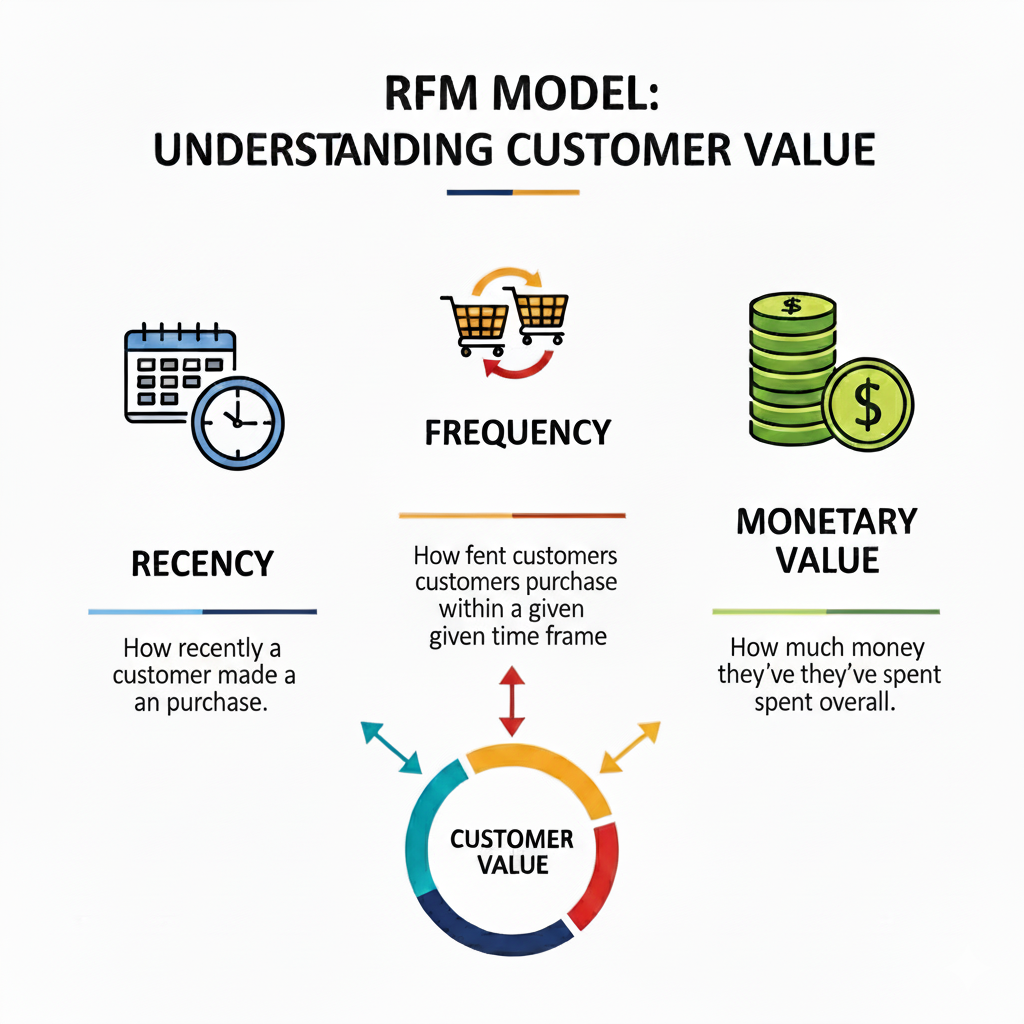
Why is RFM Segmentation Important in 2025?
Consumer behavior is shifting, and personalization is no longer optional. According to recent reports, 65% of customers expect brands to tailor experiences based on their behavior. With stricter data privacy laws and the decline of third-party cookies, first-party customer data (like transaction history) has become the foundation of marketing strategies.
RFM segmentation allows you to:
- Identify high-value customers who bring the most revenue.
- Spot customers at risk of churning and re-engage them.
- Personalize campaigns with targeted offers.
- Allocate marketing budgets more efficiently.
In short, it helps you spend smarter while building long-term customer relationships.
Why RFM Works So Well
Unlike basic demographic segmentation (age, gender, location), RFM analysis focuses on actual customer behavior – what people do, not just who they are. That makes it incredibly powerful for predicting future actions. For example:
- Customers who purchased recently are more likely to respond to your next campaign.
- Frequent buyers are often your most loyal customers.
- High spenders may not buy as often, but they significantly contribute to revenue.
This allows brands to prioritize resources, focusing on customers who matter most and nurturing those who might otherwise churn.
Data Inputs for RFM
Marketers today have access to a rich set of first-party data, including:
- Purchase history (orders, average order value)
Additionally
- Browsing activity (pages viewed, time on site) – To Track the sales lag
- Engagement signals (email opens, click-throughs, app usage)
- Campaign responses (discount redemptions, ad interactions)
- Demographics (age, region, interests)
When layered with RFM scoring, these insights allow for laser-focused targeting. For example:
- A high-recency, low-frequency shopper might be nudged toward a subscription model.
- A frequent buyer with high monetary value might receive VIP rewards or exclusive product access.
- A once-loyal customer who hasn’t purchased in 6+ months could be targeted with a win-back campaign.
Additional read : What is Ad Tracking And Why is it Important?
How to Build RFM Segmentation (Step by Step)
Building RFM segmentation is straightforward if you have access to your customer transaction data. Here’s the process:
Step 1: Gather Customer Data
You need transaction-level data from your eCommerce platform, CRM, or analytics tool. At minimum, collect:
- Customer ID
- Date of last purchase
- Number of purchases
- Total spend
| Customer ID | Last Purchase date | Total Orders | Total Spend |
| C01 | Aug 28, 2025 | 12 | 1200 |
| C02 | Jul 15, 2025 | 5 | 350 |
| C03 | Jan 5, 2025 | 2 | 100 |
Step 2: Define the Three RFM Metrics
- Recency (R): Calculate the number of days since each customer’s last purchase (today – last purchase date).
- Frequency (F): Count how many orders they’ve placed.
- Monetary (M): Sum of how much they’ve spent.
| Customer ID | Recency (days) | Frequency | Monetary ($) |
| C01 | 12 | 12 | 1200 |
| C02 | 56 | 5 | 350 |
| C03 | 247 | 2 | 100 |
Step 3: Assign RFM Scores
Give each customer a score from 1 – 5 for each metric (5 = best, 1 = worst).
- Recency: More recent = higher score.
- Frequency: More purchases = higher score.
- Monetary: Higher spend = higher score.
| Customer ID | R Score | F Score | M Score | FInal RFM Score |
| C01 | 5 | 5 | 5 | 555 |
| C02 | 4 | 3 | 3 | 433 |
| C03 | 1 | 1 | 1 | 111 |
Step 4: Create Segments
Now group customers into meaningful segments based on their scores.
Common segments:
- Champions (555): Recent, frequent, high-spenders.
- Loyal Customers (x5x): Buy often but may not spend the most.
- Big Spenders (xx5): Spend a lot but not very frequently.
- At Risk (1xx): Haven’t bought in a long time.
- Lost (111): Inactive customers.
Example Segmentation:
- C001 → Champion
- C002 → Potential Loyalist
- C003 → Lost Customer
Step 5: Take Action on Each Segment
- Champions (555): Reward with VIP perks, early access, referral programs.
- Loyal Customers: Encourage subscriptions, upsell complementary products.
- Big Spenders: Offer loyalty rewards to keep them engaged.
- At Risk: Send reactivation emails with limited-time discounts.
- Lost: Decide whether to re-engage or exclude from campaigns.
How Marketers can benefit from RFM Model
For marketers, leveraging RFM segmentation unlocks deep insights into customer behavior and preferences, grounded in actual transactional data rather than guesswork. By analyzing when customers last purchased (Recency), how often they buy (Frequency), and how much they spend (Monetary), brands can:
- Measure Engagement & Loyalty: Identify your most loyal and profitable customers, while also flagging those slipping away.
- Spot High-Risk Customers: Pinpoint buyers who haven’t purchased in a while, so you can re-engage them before they churn.
- Optimize ROI Across Channels: Learn which marketing campaigns, touchpoints, or platforms drive the most valuable conversions.
- Personalize Campaigns at Scale: Tailor promotions, offers, and messages to distinct customer groups for maximum impact.
Think of RFM as the bridge between raw customer data and actionable marketing strategy. Instead of blasting the same message to everyone, RFM analysis ensures you send the right message, at the right time, to the right customer – improving conversion rates, lifetime value, and overall profitability.
Ultimately, RFM segmentation empowers brands to achieve their main business goal: making more money to grow sustainably, while keeping customers happy and engaged.
How Tools Like EasyInsights Help in RFM Model Marketing with First-Party Data
The foundation of an accurate RFM model is data you can trust. With third-party cookies vanishing and privacy regulations tightening, relying on external signals is no longer enough. This is where first-party data becomes the game-changer.
Platforms like EasyInsights empower marketers to use their first-party customer data to fuel RFM segmentation and unlock smarter marketing decisions:
- Activate First-Party Data
EasyInsights integrates directly with your CRM, website, e-commerce platform, and ad channels to consolidate customer interactions. Every click, purchase, or lead submission becomes a first-party event that feeds into your RFM analysis.
- Browsing Activity
Track the complete website user journey and identify the sales lag - Enrich Customer Profiles
Instead of just knowing who bought what, EasyInsights ties purchase behavior with campaign data, demographics, and engagement history – giving you 360° customer profiles for more accurate segmentation. - Build Precise RFM Segments
Using this first-party data, EasyInsights automatically calculates Recency, Frequency, and Monetary scores. Customers can then be segmented into groups like:
- Champions: frequent, high-value buyers.
- At-Risk: previously active but haven’t purchased recently.
- Dormant: one-time buyers with no repeat activity.
- Champions: frequent, high-value buyers.
- Activate Segments Across Channels
Because EasyInsights pipes these segments into ad platforms like Meta, Google Ads, or email marketing tools, you can run hyper-personalized campaigns powered by first-party data. For example:
- Send retention campaigns to “At-Risk” customers via email.
- Launch loyalty ads for “Champions” on Meta.
- Push reactivation offers for “Dormant” customers on Google Ads.
- Send retention campaigns to “At-Risk” customers via email.
Conclusion
RFM segmentation isn’t just a framework for scoring customers – it’s a roadmap for smarter, more profitable marketing. By analyzing Recency, Frequency, and Monetary value through your first-party data, you gain clarity on who your best customers are, who needs nurturing, and who’s slipping away. This allows you to spend less on broad, ineffective campaigns and more on strategies that drive retention, loyalty, and long-term revenue growth.
With tools like EasyInsights, marketers can move beyond manual analysis and actually activate RFM insights in real-time across ad platforms and CRM systems. The result? Highly personalized campaigns, efficient budget allocation, and a clear path to sustainable growth in a privacy-first world.
In 2025 and beyond, the brands that win will be the ones that treat customer data as an asset and RFM segmentation as a growth engine. The question is no longer whether to adopt RFM – but how quickly you can leverage it to transform your marketing.
Start segmenting smarter with your first-party data today – Book a demo
Additional read – Top 5 Audience Segmentation tools to Improve your marketing



